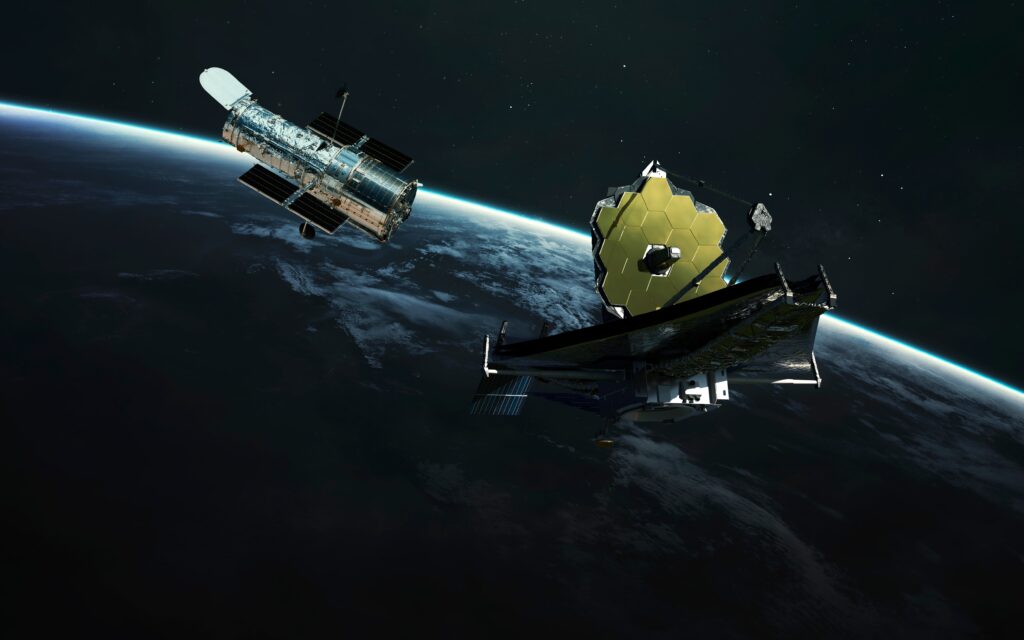On March 26, 1958, the United States Army launched the Explorer 3 satellite into orbit, marking a significant milestone in the country’s burgeoning space program. Explorer 3 was the third American satellite to be sent into space and the second successful mission in the Explorer series. This satellite played an essential role in advancing scientific understanding and furthering the development of the United States’ space program.
In the late 1950s, the United States was embroiled in the Cold War, with space exploration becoming a key aspect of the competition between the US and the Soviet Union. The launch of the Soviet satellite Sputnik 1 on October 4, 1957, had galvanized the US to take immediate action in the space race. The Explorer program was initiated in response to this perceived threat, with the goal of launching satellites into orbit for scientific research and to showcase American technological prowess.
Explorer 3, like its predecessors, was designed to study cosmic rays, geophysics, and the Earth’s magnetic field. It was equipped with a Geiger-Müller tube, micrometeorite impact microphones, and other instruments. The satellite was launched atop a Juno I rocket from Cape Canaveral Air Force Station in Florida.
The satellite’s findings significantly contributed to scientific understanding of Earth’s radiation environment and its effects on satellites and human spaceflight.
References:
https://nssdc.gsfc.nasa.gov/nmc/spacecraft/display.action?id=1958-003A




